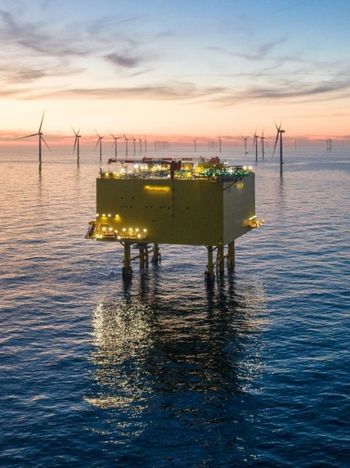What electricity mix for the European Union by 2030?
The equation is impossible without a strong contribution from nuclear power.
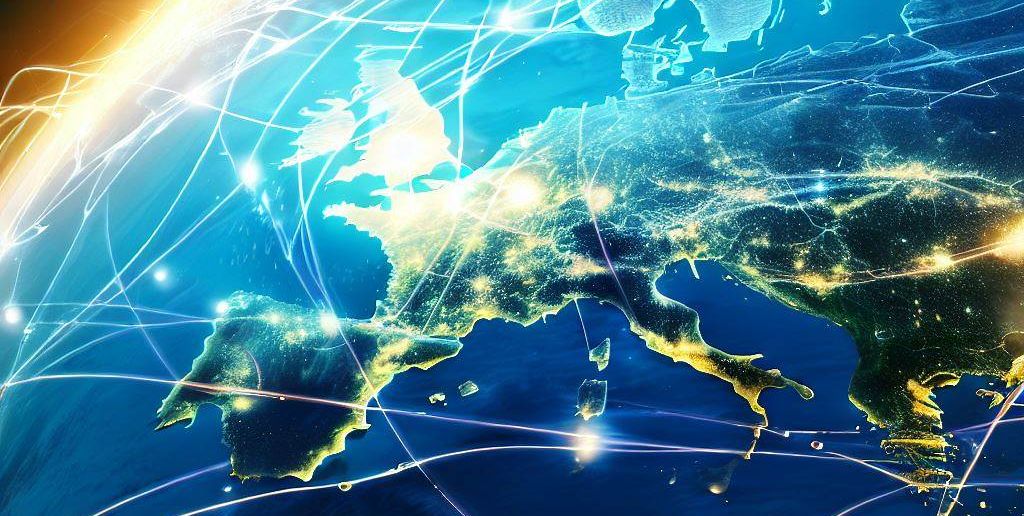

Honorary Chairman and founder of RTE, Co-founder of the European Association of Transmission System Operators
The European Union's energy mix targets
The European Commission plans to propose very ambitious targets to Member States for the reduction of greenhouse gas emissions, aiming to meet carbon neutrality by 2050. To achieve this, it aims to reduce these emissions by 55% compared to 1990 levels by 2030, to reduce energy consumption by 40% in the same timeframe, and to increase the share of renewable energy in the energy mix to 45%.
In order to achieve these objectives, it is necessary to limit the use of fossil fuels as much as possible, particularly in the field of transport, heating and the production of decarbonised hydrogen. Electricity, provided it is produced in a decarbonised way, is currently the best solution. This results in very ambitious targets for renewable electricity.
The situation of the European Union's electricity mix in the past
In order to put such objectives into perspective, it is worth recalling where the European Union stood in 2004 in terms of its electricity mix.
Intermittent renewable energies (wind, solar) began to develop in that time. By then, the total electricity consumption in the European Union was 2900 TWh.
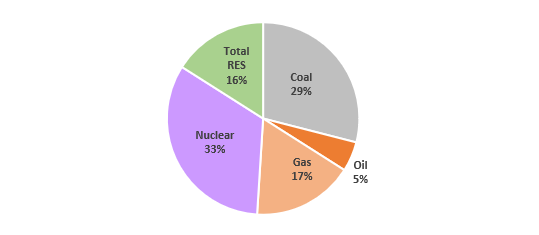
Figure 1 - European Union's electricity mix in 2004
Of these 2900 TWh, 350 TWh came from hydroelectricty, 50 TWh from wind and 50 TWh from biomass. The share of nuclear energy was 930 TWh; the share of electricity from fossil fuels was around 1500 TWh (coal 844 TWh, fuel oil 154 TWh, and gas 492 TWh).
Renewable energies thus totalled 450 TWh, i.e. around 16% of the total.
In 2018 the amount of renewable electricity more than doubled from 450 TWh to 1000 TWh, representing a 33% share of the 3000 TWh electricity consumption.
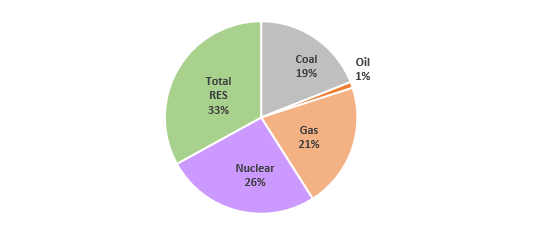
Figure 2 - European Union's electricity mix in 2018
Nuclear generation was reduced by 150 TWh, from 930 TWh to 780 TWh. Fossil-fired electricity was reduced to 1200 TWh (600 TWh roughly equal for coal and gas).
This analysis shows that the increase of 550 TWh of renewable energy was accompanied by a reduction of 150 TWh of nuclear and 300 TWh of fossil electricity, while consumption increased by 100 TWh.
The increase in the share of renewable energies in the European electricity mix corresponds to a reduction in greenhouse gas emissions of around 250 million tonnes, i.e. around 6% on the scale of the European Union, bearing in mind that annual greenhouse gas emissions were in the range of 4,000 to 4,500 million tonnes in 2018. Thus, European investments in renewable electric energy (wind and solar) of more than 1000 billion euros over fourteen years have only reduced greenhouse gas emissions by 6%.
What could the European Union's electricity mix look like in 2030?
According to a report by the European Commission [1], the share of renewable energies in the electricity mix should increase from 37% in 2021 to 69% in 2030. ENTSO-E, the European association of electricity transmission operators, predicts a ratio of between 72% and 85% depending on the scenario adopted [2].
Targeting 45% renewable energy in the European energy mix therefore leads to 70% renewable energy in its electricity mix.
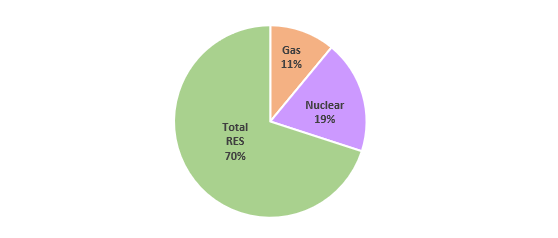
Figure 3 - Assumption of the European Union's electricity mix in 2030
With a forecast electricity consumption of 3300 TWh in 2030, 2310 TWh would come from renewable energy, 640 TWh from nuclear power (a 20% reduction compared to 2018) and 340 TWh from fossil energy (mainly gas).
The 2300 TWh of renewables would be made up of 370 TWh of hydraulic production, 140 TWh of biomass and the rest, 1790 TWh, would come from wind and solar, these two sources of energy being by nature intermittent and not controllable.
45% renewable energy in the European energy mix is therefore equivalent to 55% intermittent renewable energy in the electricity mix.
What are the resources to be devoted between now and 2030 to reach such objectives?
Let's remember that to reach this 70% objective, the production of electricity from renewable sources should increase from 1000 TWh in 2018 to 2310 TWh in 2030, i.e. an additional production of nearly 1300 TWh of renewable energy produced essentially by intermittent and non-controllable means (wind and solar).
Knowing that the transition from 500 TWh to 1000 TWh of renewable energy production took fourteen years and mobilised more than 1000 billion euros, reaching the 70% objective in eight years would imply mobilising at least 2000 billion euros by 2030, which is a considerable financial effort.
What are the technical consequences of 55% intermittent and non-controllable energy on the functioning of the interconnected European electricity network?
The electricity grids of European countries are linked by interconnections allowing commercial exchanges and mutual aid in the event of an incident.
Currently, the stability of these electricity networks is based on controllable production resources (hydro, fossil-fired and nuclear) which allow permanent control of frequency, voltage and current at all points on these networks. These resources all operate synchronously at the same frequency (50 Hertz in Europe and in most of Asia and Africa). They also ensure the stability of the electrical system by each contributing to the electromechanical inertia of the entire electrical system. In the event of a sudden change in load (e.g. loss of a generating facility), the kinetic energy stored in these machines will be released quickly, in a fraction of a second, to restore the grid frequency. They can also generate their own voltage wave and synchronise themselves autonomously to the interconnected grid [3]. Wind farms and photovoltaic plants, on the other hand, are not directly connected to the interconnected power system. They are connected via power converters consisting of static electronic components. They therefore do not contribute to the inertia of the electricity system and cannot contribute to the stability of the grid. This is not the case for hydro and biomass generation, as they include rotating machines.
The strong development of intermittent energies (wind and photovoltaic), replacing controllable production means based on coal, oil, gas and nuclear, leads to a weakening of the inertia of the networks and therefore the overall stability of the European electricity system, with a consequent increased risk of collapse of this system (blackouts). Blackouts in recent years in South Australia in 2016, in Taiwan in 2017 and in England in 2019 show the limits of a too high proportion of these intermittent and non-controllable energies in the electricity mix of these countries.
Research is underway ("grid forming") to try to overcome such disadvantages, but it is still at the laboratory stage. However, one should remember that the use of synchronous compensators allows the control of the voltage at the point in the grid where they are connected, but does not contribute to the control of the grid frequency.
In conclusion
In recent years, the European Union has made a strong commitment to the fight against global warming. It has set increasingly ambitious targets for reducing greenhouse gas emissions, energy efficiency and the development of renewable energy. The green pact, a roadmap adopted in 2019, aims to achieve carbon neutrality by 2050.
The greenhouse gas reduction targets set in 2019 at 40% for 2030 are now proposed at 55% for the same period.
For renewable energy, the 2030 target has successively increased from 27% (set in 2014), to 32% (set in 2018), to 40% (set in 2021) and now proposed at 45%.
As the European Union's energy mix had reached just over 20% renewable energy in 2020, achieving an energy mix target of 45% renewable energy in 2030 will require a considerable effort to develop renewable energy in electricity (wind, solar), i.e. 55% of these energies in the European electricity mix by that date. This represents an increase of 1300 TWh in these two energy sources, leading to an investment of probably more than 2000 billion euros.
Such an objective does not therefore seem realistic, either from a technical or economic point of view. It is therefore not enough to develop renewable energies, wind and solar, but it is also necessary to develop nuclear power generation in all Member States that wish to do so. The United Kingdom has understood this well by aiming to triple its nuclear production by 2050.
France, which was able to develop decarbonised nuclear-based production before many other European countries, must now relaunch an ambitious programme and resume research work to regain the leadership it had some twenty years ago in this field.
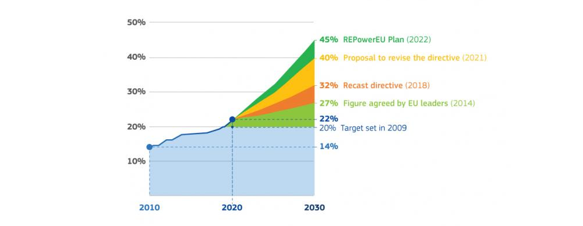
Evolution of renewable energy targets
Source: European Commission – DG Energy
References
- Report from the Commission to the European Parliament, the European Economic and Social Council and the Committee of the Regions - State of the energy Union 2022.
- TYNDP 2022 - Scenario Report – ENTSO-e-ENTSO-g - April 2022.
- Conditions and technical feasibility requirements for a system with a high proportion of renewable energy by 2050 - RTE and IEA - 2021.
About André Merlin
Honorary President and founder of RTE, co-founder of the European Transmission System Operators Association ETSO, former President of the European Transport and Energy Forum. Former Special Advisor to the European Commissioner for Energy.
Banner & thumbnail credit: generated by IA
